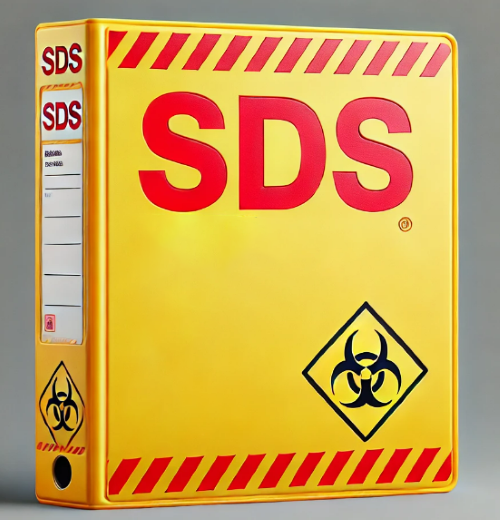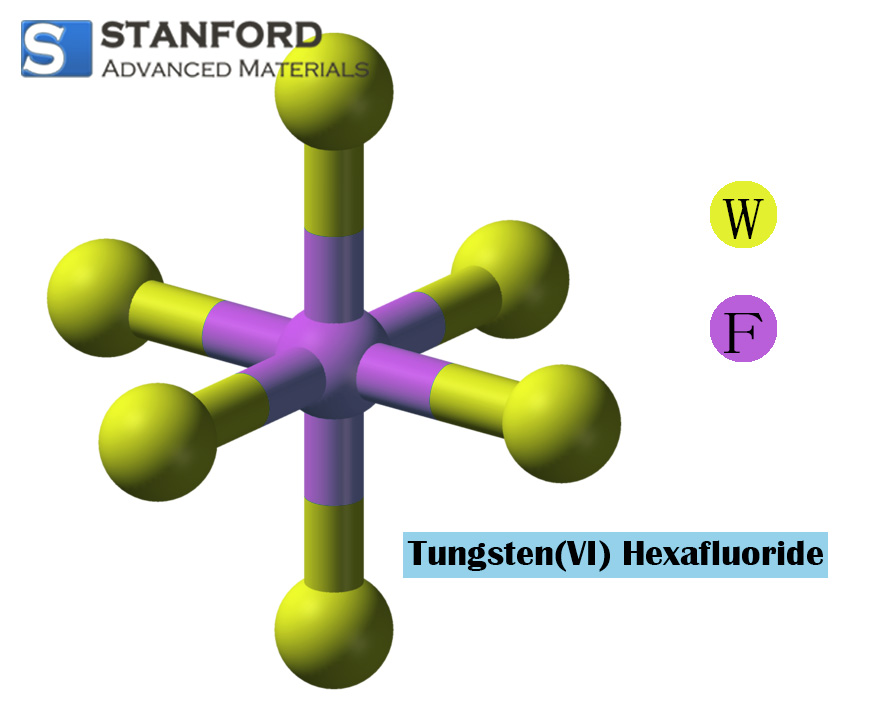MSDS of Tantalum Powder
1 PRODUCT AND SUPPLIER IDENTIFICATION
Product Name: Tantalum Powder
Formula: Ta
Supplier: Stanford Advanced Materials
23661 Birtcher Dr., Lake Forest, CA 92630 U.S.A.
Telephone: (949) 407-8904
Fax: (949) 812-6690
Email: sales@SAMaterials.com
Recommended Uses: Scientific Research
2 HAZARDS IDENTIFICATION
GHS Classification (29 CFR 1910.1200): Flammable solid, category 1.
GHS Label Elements:
Signal Word: Danger
Hazard Statements: H228 Flammable solid.
Precautionary Statements: P210 Keep away from heat/sparks/open flames/hot surfaces - No smoking, P370+P378 In case of fire: Use Class D dry chemical extinguishing agent for extinction.
3 COMPOSITION/INFORMATION ON INGREDIENTS
Ingredient: Tantalum
CAS#: 7440-25-7
%: 100
EC#: 231-135-5
4 FIRST AID MEASURES
INHALATION: Remove to fresh air, keep warm and quiet, and give oxygen if breathing is difficult. Seek medical attention if irritation develops or persists.
INGESTION: Rinse mouth with water. Do not induce vomiting. Seek medical attention if irritation develops or persists. Never induce vomiting or give anything by mouth to an unconscious person.
SKIN: Remove contaminated clothing, brush material off the skin, and wash the affected area with soap and water. Seek medical attention if irritation develops or persists.
EYES: Flush eyes with lukewarm water, including under upper and lower eyelids, for at least 15 minutes. Seek medical attention if irritation develops or persists.
Most Important Symptoms/Effects, Acute and Delayed: May cause irritation. See section 11 for more information.
Indication of Immediate Medical Attention and Special Treatment: No other relevant information is available.
5 FIREFIGHTING MEASURES
Extinguishing Media: Use Class D dry powder extinguishing agent.
Unsuitable Extinguishing Media: Do not use water.
Specific Hazards Arising from the Material: Fine dust dispersed in air in sufficient concentrations, and exposed to a source of ignition, can burn in the open or be explosive in confined spaces. May release tantalum oxide fume if involved in a fire.
Special Protective Equipment and Precautions for Firefighters: Wear full face, self-contained breathing apparatus, and full protective clothing.
6 ACCIDENTAL RELEASE MEASURES
Personal Precautions, Protective Equipment, and Emergency Procedures: Wear appropriate respiratory and protective equipment specified in section 8. Eliminate all sources of ignition. Isolate spill area and provide ventilation.
Methods and Materials for Containment and Cleaning Up: Avoid dusting powder to the greatest extent possible. Use only non-sparking tools and natural bristle brushes. Vacuum up spills using a vacuum rated for combustible metal dust equipped with a HEPA filter. Place in properly labeled closed containers.
Environmental Precautions: Do not allow to enter drains or to be released into the environment.
7 HANDLING AND STORAGE
Precautions for Safe Handling: Handle under dry protective gas such as argon if possible. Protect from sources of ignition. Avoid contact with skin and eyes. Do not breathe dust or fumes. Provide appropriate exhaust ventilation at machinery and at places where dust can be generated. Do not create a dust cloud by using a brush or compressed air. Do not use tobacco or food in the work area. Wash thoroughly before eating or smoking. See section 8 for information on personal protection equipment.
Conditions for Safe Storage: Store in a cool, dry area. Store material tightly sealed in properly labeled containers, preferably under argon. Store away from heat and ignition sources. Store away from oxidizers. See section 10 for more information on incompatible materials.
8 EXPOSURE CONTROLS AND PERSONAL PROTECTION
Exposure Limits: Tantalum
OSHA/PEL: 5 mg/m3
ACGIH/TLV: 5 mg/m3
Engineering Controls: When working with finely divided powders, handle under argon in a controlled, enclosed environment. Ensure adequate ventilation to maintain exposures below occupational limits. Whenever possible the use of local exhaust ventilation or other engineering controls is the preferred method of controlling exposure to airborne dust and fume to meet established occupational exposure limits. Use good housekeeping and sanitation practices. Do not use tobacco or food in the work area. Wash thoroughly before eating or smoking. Do not blow dust off clothing or skin with compressed air.
Individual Protection Measures, Such as Personal Protective Equipment:
Respiratory Protection: Use a suitable respirator when high concentrations are present.
Eye Protection: Safety glasses
Skin Protection: Impermeable gloves, and protective work clothing as necessary.
9 PHYSICAL AND CHEMICAL PROPERTIES
Appearance:
Form: Powder
Color: Gray
Odor: Odorless
Odor Threshold: Not determined
pH: N/A
Melting Point: 2996 oC
Boiling Point: 5425±100 oC
Flash Point: N/A
Evaporation Rate: N/A
Flammability: Flammable solid
Upper Flammable Limit: No data
Lower Flammable Limit: No data
Vapor Pressure: No data
Vapor Density: N/A
Relative Density (Specific Gravity): 16.6 g/cc @ 20 oC
Solubility in H2O: Insoluble
Partition Coefficient (n-octanol/water): Not determined
Autoignition Temperature: No data
Decomposition Temperature: No data
Viscosity: N/A
10 STABILITY AND REACTIVITY
Reactivity: No data
Chemical Stability: Stable under recommended storage conditions.
Possibility of Hazardous Reactions: Flammable in the form of dust when exposed to sparks or flame. May react violently with strong oxidizers.
Conditions to Avoid: Heat, sparks, flame. Dusting conditions.
Incompatible Materials: Acids, oxidizing agents, halogens, bromine trifluoride, fluorine, lead chromate, sulfur trioxide.
Hazardous Decomposition Products: Tantalum oxide fume.
11 TOXICOLOGICAL INFORMATION
Likely Routes of Exposure: Inhalation, skin, and eyes.
Symptoms of Exposure: May cause irritation if dusts or fumes are inhaled or swallowed. Fines/dusts may irritate skin and eyes.
Toxicological Effects: Tantalum metal is generally considered to be physiologically inert.
Acute Toxicity: No data
Carcinogenicity: NTP: Not identified as carcinogenic IARC: Not identified as carcinogenic
To the best of our knowledge the chemical, physical, and toxicological characteristics of the substance are not fully known.
12 ECOLOGICAL INFORMATION
Ecotoxicity: No data
Persistence and Degradability: No data
Bioaccumulative Potential: No data
Mobility in Soil: No data
Other Adverse Effects: Do not allow material to be released into the environment. No further relevant information is available.
13 DISPOSAL CONSIDERATIONS
Waste Disposal Method:
Product: Reuse or recycle material whenever possible. Dispose of in accordance with Federal, State, and Local regulations.
Packaging: Dispose of in accordance with Federal, State, and Local regulations.
14 TRANSPORT INFORMATION
DOT/ADR/IATA/IMDG Regulations:
UN Number: 4.1
UN Proper Shipping Name: Metal powder, flammable, n.o.s., (Tantalum)
Transport Hazard Class: UN3089
Packing Group: II
Marine Pollutant: No
Special Precautions: Warning: Flammable solid.
15 REGULATORY INFORMATION
TSCA Listed: All components are listed.
Regulation (EC) No 1272/2008 (CLP): Flammable solid, category 1.
Canada WHMIS Classification (CPR, SOR/88-66): Class B, Division 4 - Flammable material.
HMIS Ratings: Health: 1 Flammability: 2 Physical: 0
NFPA Ratings: Health: 1 Flammability: 2 Reactivity: 0
Chemical Safety Assessment: A chemical safety assessment has not been carried out.
16 OTHER INFORMATION
The above information is believed to be correct, but does not purport to be all-inclusive and shall be used only as a guide. Stanford Advanced Materials shall not be held liable for any damages resulting from handling or contact with the above product.



